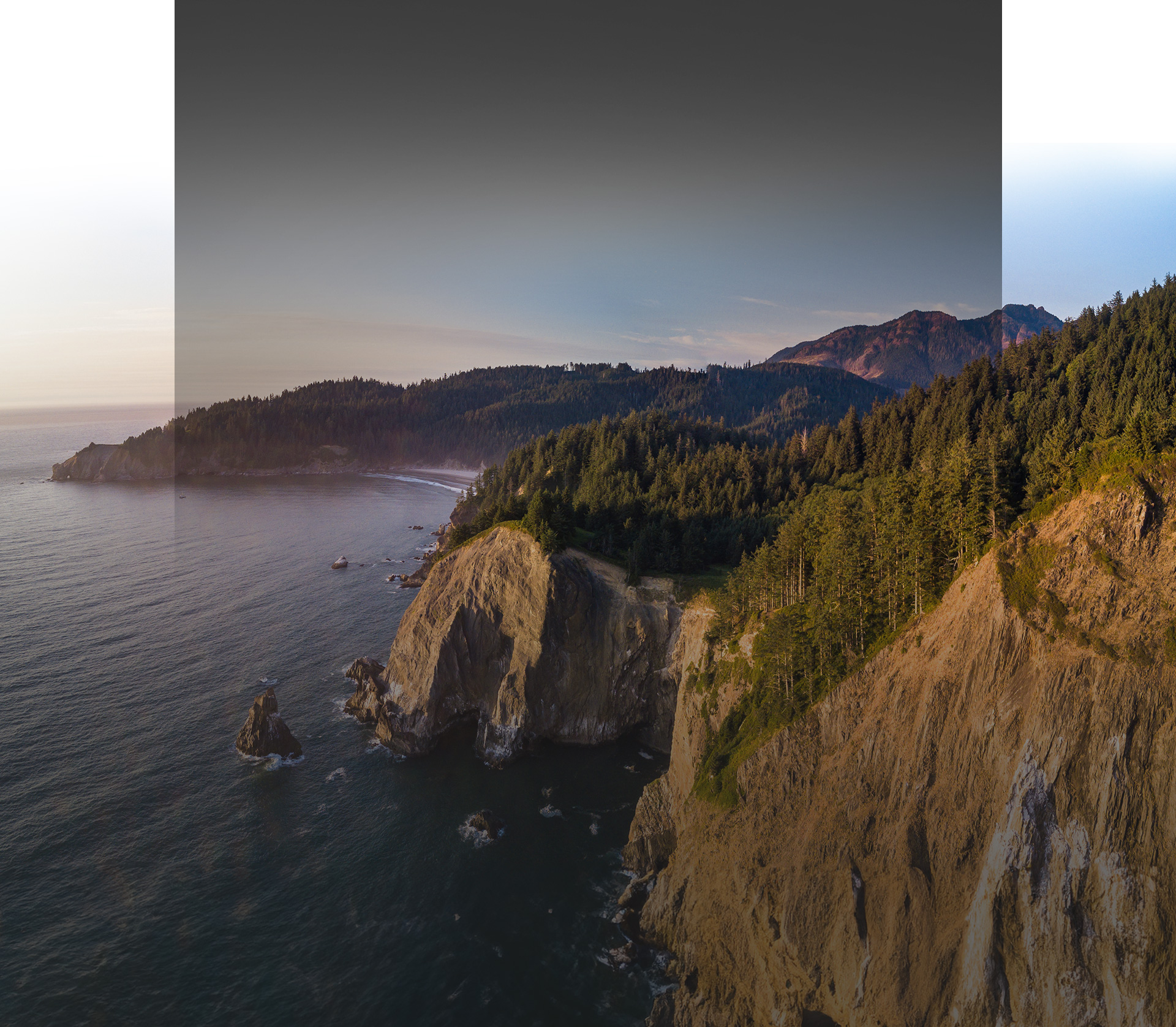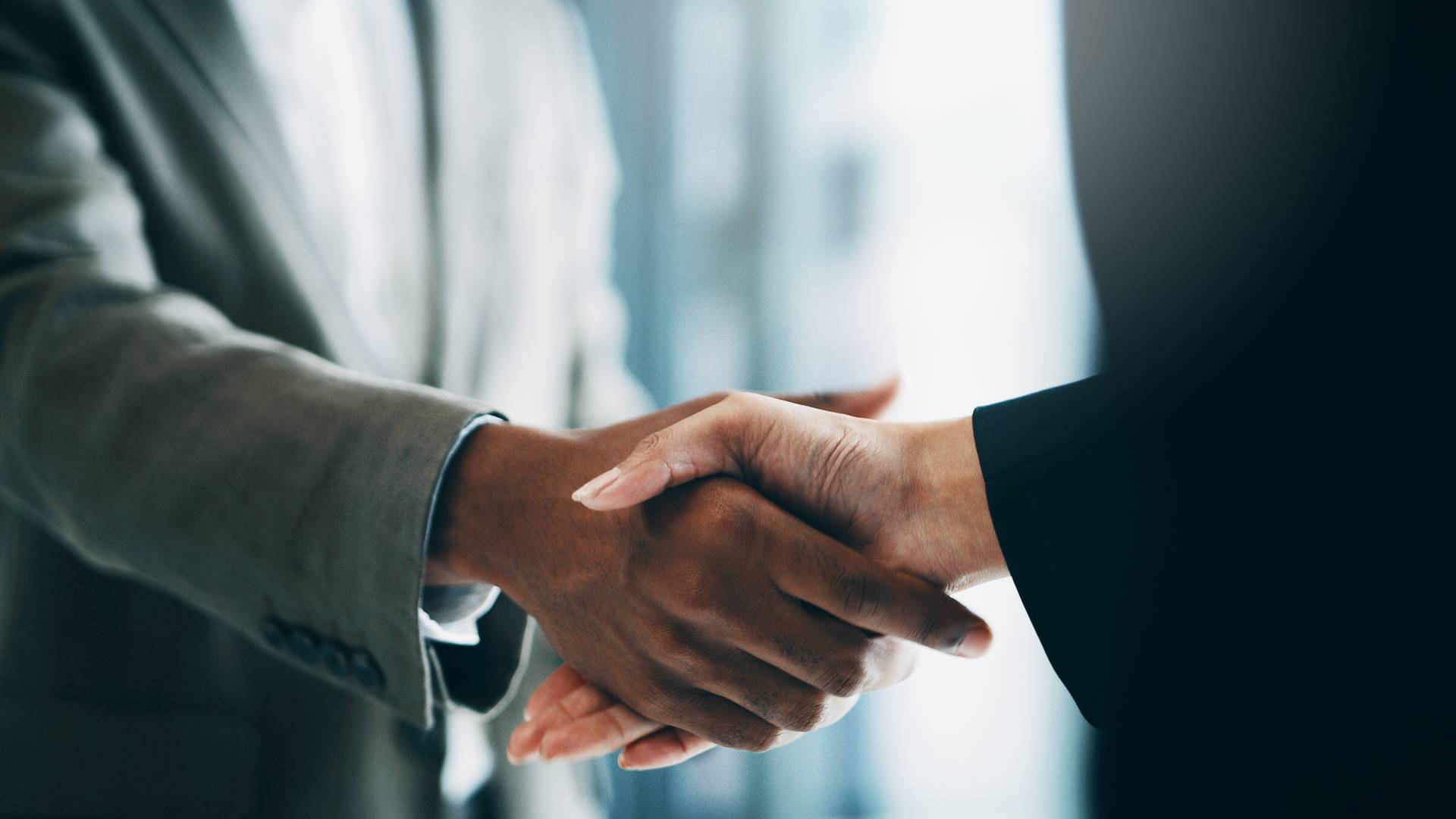Protect Yourself After An Accident
Of all life’s would-be experience, few things leave a person more disoriented than a car accident. Beyond the speed and shock of the actual collision—which can be debilitating even if you are physically unhurt—you are suddenly faced with an abundance of questions, concerns, and fears.
Some of them come up instantly: Am I OK? Is the other driver OK? Am I safe? Others arise shortly afterward: How did this happen? How bad is the damage? Who do I need to call? There is a lot to sort out, and as confused and bewildered as you are, you’ll need to marshal your mental resources, work through next steps, and make good decisions.
Luckily for you, you are not the first person to whom this has happened. There are processes in place and procedures to help, along with seasoned professionals involved who have dealt with this sort of thing many times before. Read on for a checklist that covers exactly what you need to consider both right after the accident occurs, as well as the steps you’ll need to follow afterward.
Immediately after the accident: Prioritize Safety
1) Assess your health and safety
The very first thing is to carefully assess your physical state. Try not to make sudden motions. You may feel an urge to jerk your neck around, or jump out of the car suddenly. Try to resist and just give yourself a moment. Are you in the middle of a highway with cars whizzing past? Can you exit the vehicle, and be safe while you do it? Take a deep breath and prioritize keeping yourself out of any further harm.
2) Check on the other driver(s)
As soon as it’s safe to do so, check on the other driver and other people who may have been involved in the accident. If anyone is hurt, call 911 and request emergency medical assistance. Tell the dispatcher how many people were involved, how badly injured they are, and any other information about imminent dangers, like a downed power line. Keep any victims calm and alert while waiting for help.
3) Take a picture and move vehicles
You may need to move vehicles out of the road quickly depending on the circumstances, but if possible, find your cell phone and take a few quick pictures of the scene and document the position of the vehicles. Once you have that recorded, prioritize getting the cars moved out of the way so they are no longer blocking traffic. If anyone is badly injured, however, don’t risk moving people or cars until emergency personnel arrive. People can wait if they must, so don’t worry about traffic. Stay out of the way of danger, and do what you can to alert drivers by, say, turning on your hazard lights (if they still work).
While at the Scene: Gather Information
4) Call the police
If you haven’t already called 911 your first call should be to the police. Even if the accident was minor, a police report is essential. Yes, the police may decide that you were at fault upon investigating the accident, but if not you will need that documentation to help prove your innocence.
5) Start writing down contact information for witnesses
Hopefully, a number of witnesses have pulled over and are offering assistance in dealing with the immediate aftermath of the accident. Use the help and the time they provide to take more deep breaths. Once you are reasonably calm and can communicate clearly, ask every person there for their name, address, and cell phone number. If possible, type them into the notes field of your cell phone, so you won’t easily lose it. Depending on the circumstances of the accident, the testimony offered by these people could become very helpful. If nothing else, you will want to thank them later for the help they offered in the moment.
6) Exchange information with the driver
The next step is to exchange information with the driver (actually, this is required by law in Washington State). According to the Department of Motor Vehicles website, you will want to collect the following at minimum:
• Name, address, contact details
• Driver’s license number
• Vehicle information and license plate number of the vehicles involved
• Auto insurance information for the motorists involved
Avoid any admission of guilt while speaking to the other driver(s). As best you can, stick to the information exchange and do not admit fault even if you are openly accused.
7) Take more pictures
Record damage to your car and the other cars involved, but also try and capture as best you can the scene overall. Are there relevant street signs that were ignored? Something in the road you swerved to avoid? Skid marks that indicate late breaking, etc? Photograph what you can while it’s fresh.
Later that day and going forward: Cover Yourself
8) Notify your insurance company
Now that your hands have stopped shaking and you can answer detailed questions, call your insurer. If your car is not drivable, notify your insurance company of the accident before calling a tow truck or ordering a cab. Your policy should cover a tow, and they’ll be able to take the car directly to a repair shop that works with your insurance. Regardless, don’t wait too long to call, as failing to report an accident in a timely fashion can lead to a denied claim.
9) Get yourself checked out
Some injuries that result from an accident don’t reveal themselves right away. Consider making an appointment to get yourself looked at if you experience any soreness at all, as early attention to physical issues can help you get in front of an injury that might become chronic if ignored.
10) Consider consulting an attorney
Depending on the situation, you might go ahead and get the help of a professional. Personal injuries, for instance, can be expensive, especially if there are ongoing physical issues that require therapy, etc. If you are determined to have been at fault for the crash, you may find yourself being sued; likewise, if you are hurt and the other driver is at fault, you may need to seek recompense to help pay for your treatment. Be aware that most injury attorneys work on contingency fees, meaning you won’t be paying them unless a case is decided in your favor.
The post What to Do After a Car Accident appeared first on Palace Law LLP.






